Amports is handling the majority of exports out of the Mexican Gulf port of Altamira, which has seen strong volume growth in recent years, and it is now expanding operations on the Pacific Coast at Lázaro Cárdenas
Of the more than 515,000 vehicles handled at the Mexican port of Altamira in calendar year 2024, 58% were processed by terminal operator Amports (with Altamira Terminal Portuaria handling the majority of the rest).
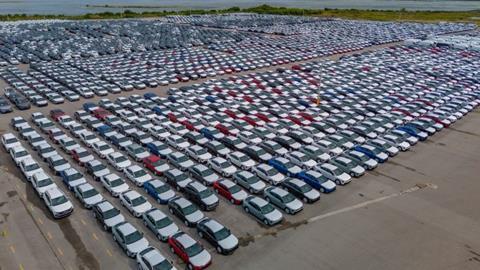
Altamira has shown significant growth in vehicle handling in recent years. Last year’s total was a 12.5% increase on 2023, a year in which the port saw a 33% rise in vehicle volumes to 457,442. It ranks the third busiest port in Mexico by annual number of vehicles handled and fifth in North America.
Amports is exclusively managing exports out of Altamira for BMW, GM, Hyundai Glovis, Mercedes-Benz, Nissan and Stellantis. Most of the volume is bound to the US east coast, but with some volumes also shipped to Europe and South America. The company said it is managing the increasing throughput efficiently with daily communications and planning with the port authorities, including customs, as well as with other terminal operators at the port and the rail shipping and rail providers serving the port.
In North America Amports has finished vehicle terminal operations at the US ports of Baltimore (MD), Jacksonville, Port Everglades (Florida), Freeport (TX), Benicia, Antioch (CA). It also has terminal operations at the Mexican ports of Altamira, Lázaro Cardenas and Toluca/Queretaro.
Steady growth and smooth vehicle processing at Altamira has been affected in the first quarter of 2025 by uncertainty and a lack of clarity on the rules for tariff application brought about by the US Trump administration, according to Amports’ spokesperson.
“Decisions such as rushing units to ship before the tariffs were in place, skipping a ship scheduled [and] returning vehicles to plant, were some of the many operational hurdles that customers and port processors faced during the first months of the year,” he said.
Negotiations between carmakers and the US government continue and while agreements have not been fully disclosed there is some indication that agreement on the amount of US content in each vehicle will affect the amount each pays per vehicle on a case-by-case basis. That is included in the existing US-Mexico-Canada Agreement (USMCA) on trade, which allows importers to reduce tariffs by certifying the amount of US content in each vehicle. While the standard tariff imposed by the Trump administration was 25%, USMCA-compliant exports will be charged less. Toward the end of May Mexican Economy Minister Marcelo Ebrard said vehicles assembled in Mexico and exported to the US will face an average tariff of 15%.
Amports is also developing a 12-hectare facility outside of the port of Lázaro Cárdenas, Mexico’s second busiest vehicle port after Veracruz. According to Amports’ spokesperson, the facility at Lázaro Cárdenas is being developed on a site managed by the port authority and the first 3 hectares will be ready to receive the first vehicles by the end of July of this year.





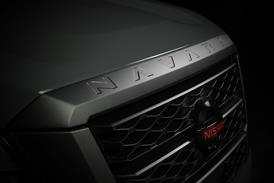


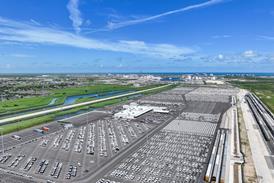

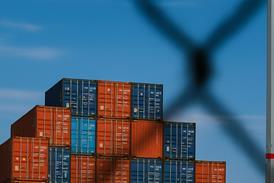
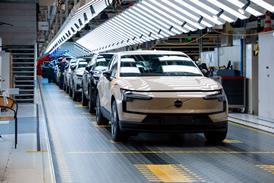


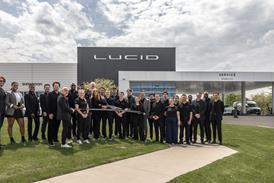
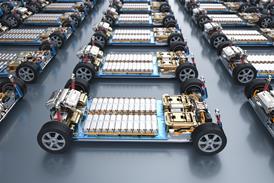


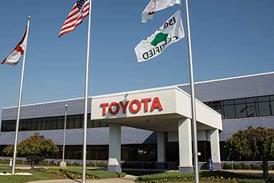

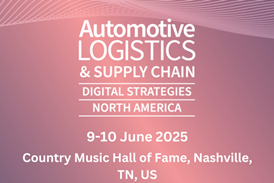
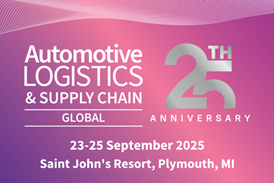
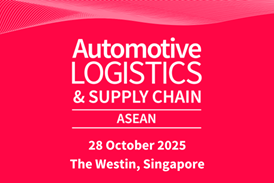
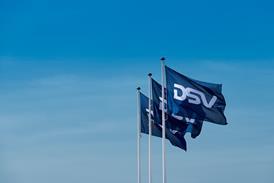








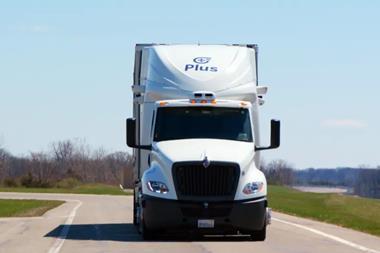

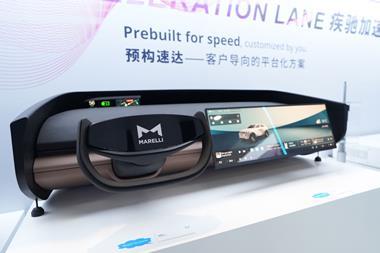





No comments yet